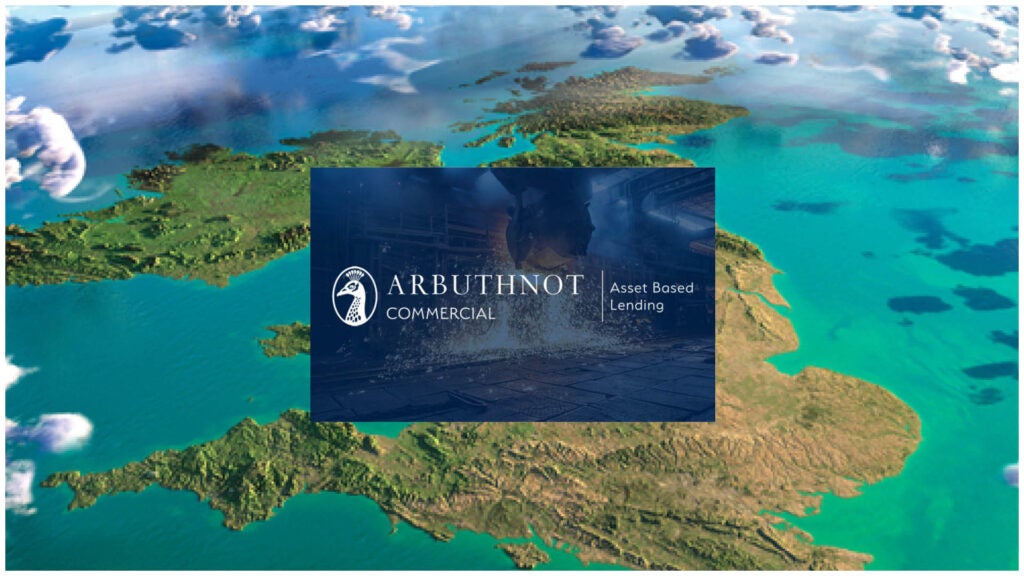KEF international operations
MD links performance to ‘healing’ in portfolio. Liz Bury
reports.
 Key Equipment
Key Equipment
Finance (KEF) has exceeded its first-quarter profit target by 30%,
and experienced “healing” in its portfolio since the worst of the
financial crisis.
International operations MD John
Evans said a European restructure in early 2011 had been planned
from the end of the second quarter of 2010, rather than being a
knee-jerk reaction to full-year figures.
“The trends are good from a loan
perspective. There has been a period of healing in the portfolio,”
Evans said.
“The quality of the pipeline
improved, although the quantity dropped. Manufacturer demand was
up, it was a bit more vendor-optimised, and deals were generally
better vetted.”
How well do you really know your competitors?
Access the most comprehensive Company Profiles on the market, powered by GlobalData. Save hours of research. Gain competitive edge.

Thank you!
Your download email will arrive shortly
Not ready to buy yet? Download a free sample
We are confident about the unique quality of our Company Profiles. However, we want you to make the most beneficial decision for your business, so we offer a free sample that you can download by submitting the below form
By GlobalDataKEF restructured European
operations in January into five locations in France, Germany,
Italy, Spain and UK, from where it aims to service all local
markets. Revenue at the redesigned European business has remained
level with last year, while margin strengthened.
KEF sources 90% of its business
through the vendor market, partnering with some of the world’s
leading manufacturing brands.
“We looked at where core demand was
from a client perspective,” Evans said.
“We are now more aligned with our
client’s structure. Throughout the crisis, all our premier clients
stayed with us, and we didn’t walk away.
“There is consistency around the
value of the relationship, and it is more stable from a funding
perspective.”
Adam Warner, president of KEF
globally, added: “Global brands use KEF because of our very
competitive cost of capital.”
Warner stressed parent bank Key
Corp, to whose CEO he reports, was “core funded”, with help from US
consumer deposits, and it has $22bn (€15.5bn) in excess
liquidity.
“We continue to look for the best
ways to deploy capital. Key really wants to put that into fixed
rate loans and leasing,” Warner said. KEF’s relationship to its
parent bank was crucial to its future strategy.
“KEF is the third-largest part of
our parent,” Warner said. “We are a separate entity, but very tied
to the bank. We are tightly aligned with our parent and we do
things in concert.”
Warner also pointed to KEF’s
“robust syndication capability”, which supports expansion by
enabling it to sell credit exposure when necessary.
Origination was said to be flat
during 2010, while residual gains generally performed well. KEF has
a $9bn equipment portfolio, with annual originations of more than
$3bn.
KEF Europe was helped during the
recession to an extent by the assets it funds: health care, high
tech, IT, and software, for example, and not so much yellow
metal.







